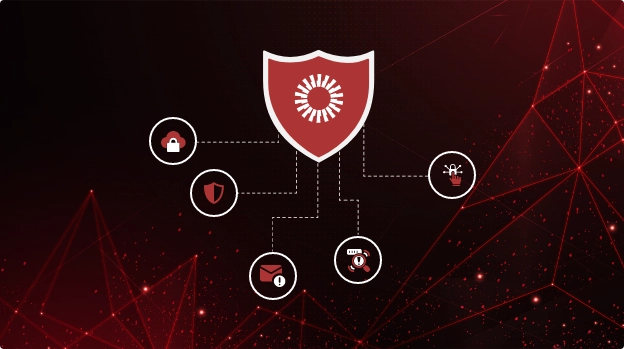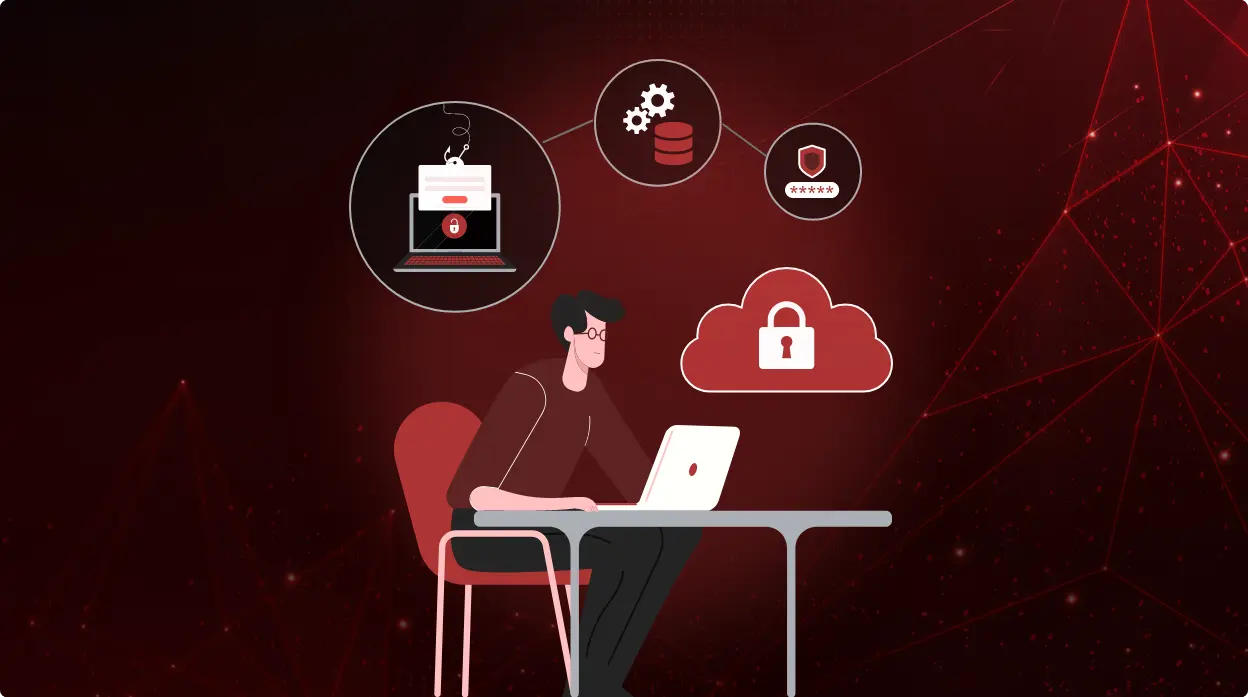The importance of compliance in cloud security

Cloud security posture management and compliance are essential elements for organizations that are looking to store, process, and manage their data in the cloud. With the increased adoption of cloud services, organizations must be aware of the potential compliance and security risks associated with moving their critical data and applications to the cloud.
What is cloud security posture management?
Cloud security is defined as the set of measures and systems used to protect data, workloads, and applications in the cloud from unauthorized access, theft, or loss. It starts with understanding what is being secured along with the system aspects that must be managed.
Cloud security spending is increasing. According to a recent report by Gartner, global spending on cloud security management by organizations in 2023 will be $6.69 billion, which is an increase of 26.8% from last year. Gartner also states that the increase in remote and hybrid work along with the transition from VPNs (Virtual Private Networks) to ZTNA (Zero Trust Network Access) has accelerated the growth in security spending.
Who is responsible for cloud security?
Cloud security is managed by both – the cloud service provider (CSP) and the customer. But many organizations assume that it is solely the CSP’s responsibility while they continue to create weak access controls, poor configurations, and store sensitive data on the cloud.
The two most popular cloud service providers are Amazon Web Services (AWS) and Microsoft Azure. They offer robust security features, identity and access, data encryption, and network security. Both AWS and Azure also have a number of compliance certifications, which they strictly follow to protect customer data.
The CSP is in charge of protecting the cloud infrastructure and providing these security features. And while they do their best to provide compliant services and platforms, organizations must also implement their own security measures to ensure the protection of their data and applications in the cloud. This includes implementing strong access controls, regularly monitoring the cloud environment, and implementing data backup and disaster recovery plans.
What is compliance?
Compliance refers to adhering to specific standards, laws, and regulations related to data privacy and protection. For example, organizations must comply with regulations such as the NIST Cybersecurity Framework, the Health Insurance Portability and Accountability Act (HIPAA), and the Payment Card Industry Data Security Standard (PCI DSS). Organizations must be compliant with these standards and have measures in place to secure sensitive customer data. Cloud security management frameworks provide guidance for service providers and customers to ensure that the cloud is protected.
What are the costs of non-compliance?
Compliance gaps can lead to huge fines, penalties, and legal fees. Consequently, the organization would have to deal with reputational damage, loss of trust from customers, and reduced revenue. Precious time that should be spent on the organization’s core business is utilized to clean up the security mess created by compliance gaps.
How does one achieve cloud security compliance?
Compliance is a holistic company-wide exercise. The chain is only as strong as its weakest link and one breach will affect everyone. Below are some steps to achieve cloud compliance
- The regulations are constantly updated, which means that organizations must be on top of the changes and understand how each one affects them.
- Organizations must be clear about their responsibilities and how these differ from the CSP’s responsibilities.
- Different elements can trigger different compliance regulations, forcing organizations to implement a variety of compliance frameworks to cater to a wide range of stakeholders.
- There must be clarity on how sensitive business data is stored and who has access to it.
- Regular monitoring and testing can help identify misconfigurations, lapses, and leakages.
- Internal auditing can ensure that all the right protocols, policies, and practices are in place.
- Publishable audits and compliance certifications can go a long way in reassuring all stakeholders that the company is compliant.
Wrapping up
Organizations that do not take cloud security compliance seriously risk paying huge penalties and compromising user trust. While companies must implement their own security measures to protect their data and applications in the cloud, they must have an adequate incident response plan in place to handle security incidents as there are many components that can trigger a breach.
With the increasing complexity of compliance, organizations must work with experts and leverage best-in-class tools and technologies to ensure that they are fully prepared to meet their compliance requirements in the cloud.
CheckRed delivers a unified platform that improves cloud security posture and detects issues in compliance. Its evolved and agentless approach to cloud security management ensures that organizations can demonstrate perfect compliance.


